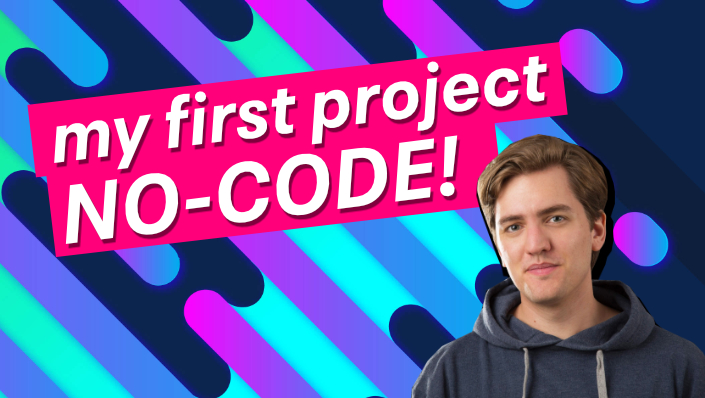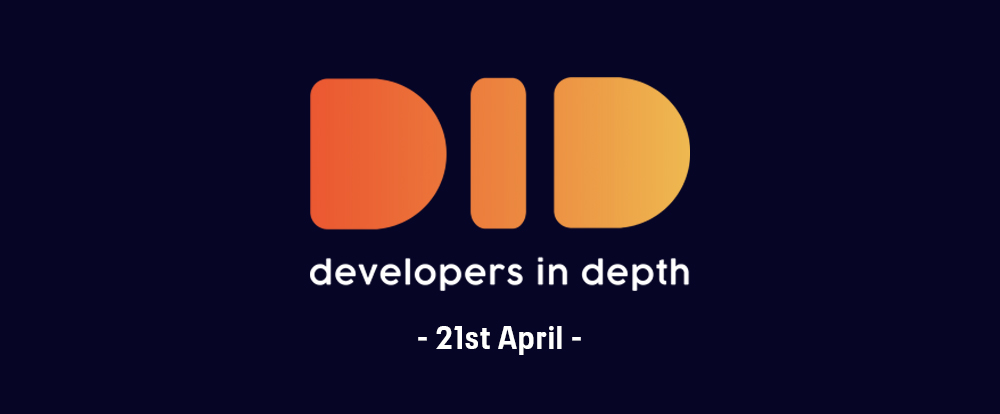Some months ago, I worked on a couple of side projects with Carson Lee, a good friend of mine who is a Harvard MBA and founder of djlivestreams.com.
We were meeting every weekend to develop new business ideas, test hypotheses, and see if any of those ideas were worth pushing further.
Whether or not the ideas were a success, I had clear goals in mind over how I wanted to work with Carson:
Make him as autonomous as possible, so he can keep pushing things forward without my continuous technical help. Prototype ideas fast and let Carson do changes himself. Entirely focus on business results rather than technical details. Perfection is the enemy as I wrote in another post
No-code comes to mind as an excellent way to accomplish those goals. But what is no-code exactly? No-code is a bunch of tools that let you build any website or mobile applications without writing code (or minimizing the development efforts). Sounds sexy, right!? It’s!
Let me share a couple of quick lessons learned as well as the tools we were using!
Using Airtable as a CMS 😮

In one of the projects, we wanted to set up profile pages for music artists. In those pages, we needed to include information such as biography, social networks, and artist’s prices so they could charge money for their services with Stripe.
As you can tell, I could have built every single page on my own. The downside of using that approach would be that Carson needed me any time he wanted to onboard and set up a new page for any of our artists.
Instead, I decided to set up a quick Airtable project. Airtable is like a Spreadsheet with steroids. They even auto-generate an API that you can directly consume from your application. Carson was able to generate new artists profiles in a matter of seconds.
Thanks to this decision, I didn’t invest any time to develop an API, neither to create an interface so Carson could add data. Instead, everything was already done for us. This reduced drastically the time to onboard new artists. In a few seconds, Carson was able to onboard any new artists, and I didn’t need to write any line of code.
Using Airtable with and their auto-generated API reduced drastically the time to develop and ship new features
Stripe Checkout to the rescue

At my previous company, Eventbrite, we built our custom Stripe checkout for a new greenfield project. While it was super cool to learn how to build a whole UI integrated with Stripe API, I learned the hard way how complex it is to build production-ready checkout flow with good conversion rate and error-free..
I knew that for weekend projects, I didn’t want to spend any time on setting up something custom that wouldn’t benefit our target users. So I wanted to spend as little time as possible to build a checkout flow.
Thanks to Stripe Checkout, I was able to integrate a nice checkout flow in a matter of hours. When I take this kind of decisions I always think about the phrase “Work Smarter, Not Harder”
Building a payment flow is a pain in the ass. Stripe checkout helps you integrate a checkout in your app fast as f**k
Gluing all together and final thoughts
Let’s do a quick recap:
- No code solutions are the best way to iterate and prototype fast.
- Build products that are easy to edit by you at any given time or by a non-technical folks
- Remove any blockers with the development team, this saves time, money, and conflicts.
I hope you find this useful! Have you gone through something similar? Send me a tweet!
Thanks for reading ❤ Please say Hello On Twitter | TikTok | Linkedin Subscribe to my Newsletter HERE









